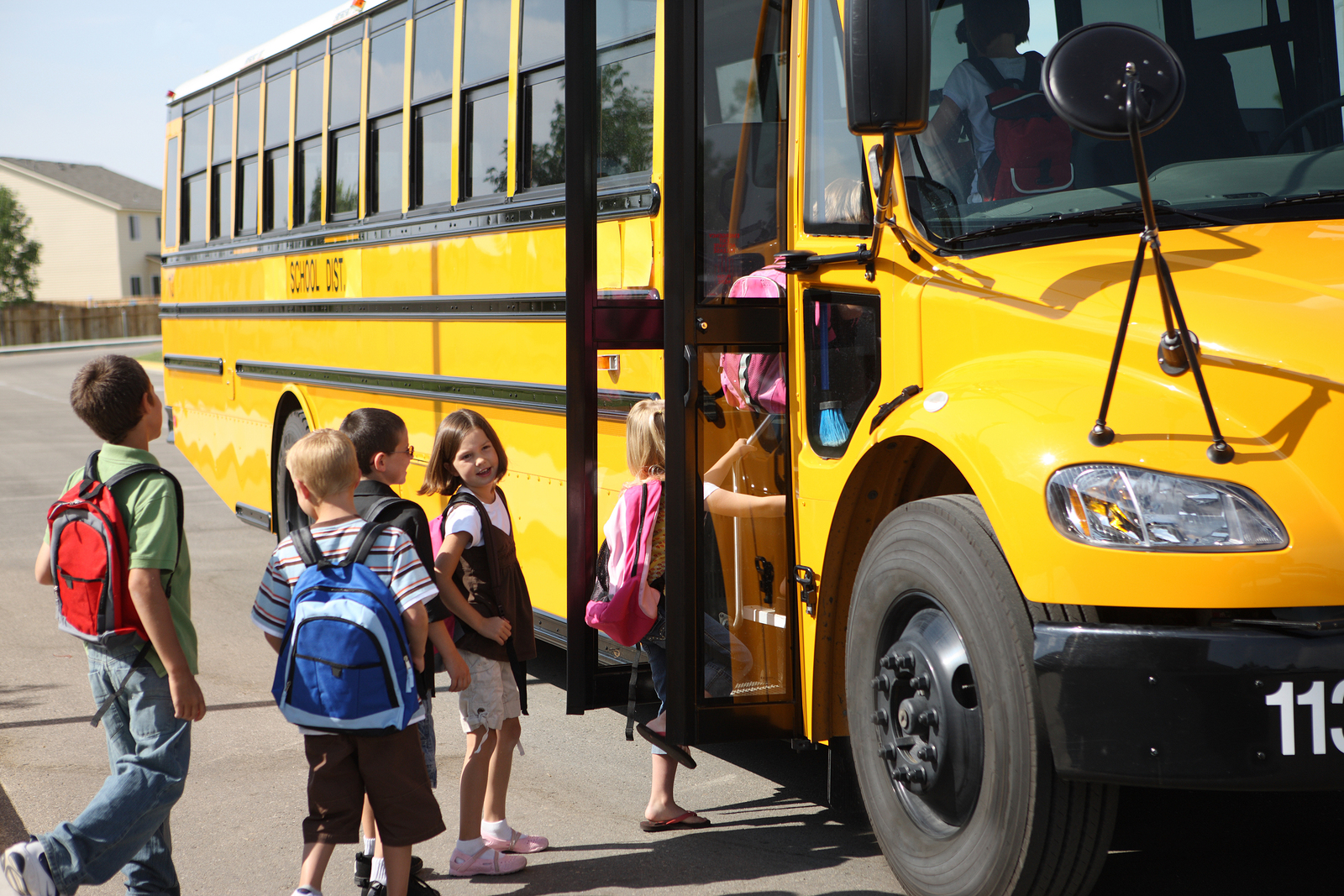
Abduction of Students from Schools is Preventable with Proper Safety Procedures
Recently another child didn’t make it home at the end of the school day. This time, it was because a substitute teacher at Bryant Elementary School in Philadelphia handed over a 5-year-old to an adult whom school personnel didn’t properly screen.
Posing as the girl’s mother, a woman walked into the school and signed in at the front desk. In violation of school safety protocol, she walked not to the school office but directly to the classroom. There, she told a substitute teacher she had come for the child — and took her out of the building. Several things went wrong here: Because the woman never went to the office, nobody checked her identification. The substitute teacher handed over a child to an adult without finding out who she was or checking with the office.
After a day- and evening-long search for the girl, a sanitation worker found her clad in just a T-shirt — shivering and crying for help but otherwise OK — in a playground at 4:30 the next morning.
How does something like this happen when we have been so sensitized to school safety following the atrocity at Sandy Hook Elementary School? How did this happen in any school, where staff has a duty to protect children from harm? Kids are in danger when adults fail to pay attention and become complacent.
It was a lot easier for the substitute teacher to let the child go with someone he did not know than to contact the office and follow the school’s protocol. Was the person at the sign-in desk distracted — or just unobservant? Why didn’t he or she make sure that the visitor went to the office, where her identification would have been checked?
Having a policy isn’t enough
When it comes to protecting our children, don’t ever take the easy way out. It can lead to tragedy.
In the nearly 100,000 public and 33,000 private schools in the United States, administrators, teachers, and other staff sincerely want to protect children from harm —and, as we saw at Sandy Hook Elementary, some even die protecting their children. Schools establish procedures to protect kids — things like checking the identification of anyone who takes a child out of school; making sure the identification matches an up-to-date list of people approved to take the child; ensuring that the child knows the person; and, if it’s not the parent picking up the child, that the parent knows who’s there and gives permission. But, as with the Philadelphia incident, procedures don’t protect children when adults don’t follow them.
As an education expert witness, I have provided consultation to attorneys around the country on similar cases. In one, a student slipped out of school undetected and drove off in a car, only to get into a serious accident. In another case, a 7-year-old student was allowed to leave the school with a teenage boy she didn’t know. The boy then took the child to a nearby apartment and sexually abused her.
It’s not always possible to keep an eye on every student every moment of the school day. In the case of the student who left the school undetected, it was my opinion after reviewing the issues and documents that the school had proper procedures in place and met the standard of care. The student snuck out. Was the school liable when she got into a car and drove into a tree? No. She planned to leave and deliberately evaded detection. The school did nothing to encourage her to do what she did.
It was something else, though, in the case of the 7-year-old who left school with the teenager she didn’t know. A 14-year-old called an elementary school to say he was coming to pick up his sister because their father had been in an automobile accident. The 7-year-old didn’t have a brother — and the father was safe at work.
The school had a set of steps in place for anyone wishing to take a student out of school early. The protocol required the secretary to check the student file to ensure that the person had the parents’ permission to pick up the child. Next, the secretary is to check for proper identification and, in some situations, contact the parent to verify that their child can leave. None of these things happened, nor did the office staff check out the boy’s story that “their father” had been in an accident. The office staff simply asked the child to report to the office.
When the girl got there, the secretary said, “Your brother is here to pick you up.” Not wanting to alarm her, the secretary didn’t say anything about the father. In a quiet voice, the student said, “I don’t have a brother.” Still, he was allowed to leave with her. The teenager, who knew the girl from the neighborhood, walked her a few blocks to his mother’s apartment, brought her upstairs, and sexually assaulted her. After the assault, he walked the traumatized little girl back to the school, left her at the front door, and walked away.
It’s not difficult for a reasonable person to figure out what went wrong in this situation. So why don’t school officials — who have a special duty to protect our kids — pay attention?
Part of the reason is leadership in the building. It’s fine to have policies. But the principal of a school is responsible for making sure that the staff knows the rules, why they exist, and the consequences for ignoring them or becoming lax in enforcing them. In too many cases involving abductions from schools, I have seen students injured or killed after a school’s good policies were not followed.
It was preventable
Returning to the Philadelphia case — what should have been done? What would have saved this little girl from the trauma she will likely live with for a long time?
Quite simply, the school should have followed its own protocol!
According to a district spokesperson, policy requires anyone taking a student out of school to go to the office and provide identification that matches a list of approved individuals. News reports indicate that the person signed in at the front door using the first name of an individual who was, in fact, on the list. No one, however, verified that this person was whom she claimed to be. That was the first breach of school protocol. The police believe the person was a stranger unknown to the girl.
The person was told to go to the office. But no one could have been watching, because the woman walked right to the girl’s classroom. Another breach of school protocol, did the school, through its staff, act reasonably and meet the standard of care in accordance with customs and practices of the field? No.
This, in my opinion, placed the child in harm’s way and created a situation that otherwise would not have existed had the school followed its own protocol. As a result of these failures, the student was abducted, taken to an unknown location, blindfolded, released, and found crying in a park.
We cannot protect all our children all the time. But it is the duty of schools to foresee that danger can come to children if safety protocols are not followed to the letter. This unfortunate situation is yet another reminder that kids are vulnerable and the adults around them have a responsibility to watch over them.


